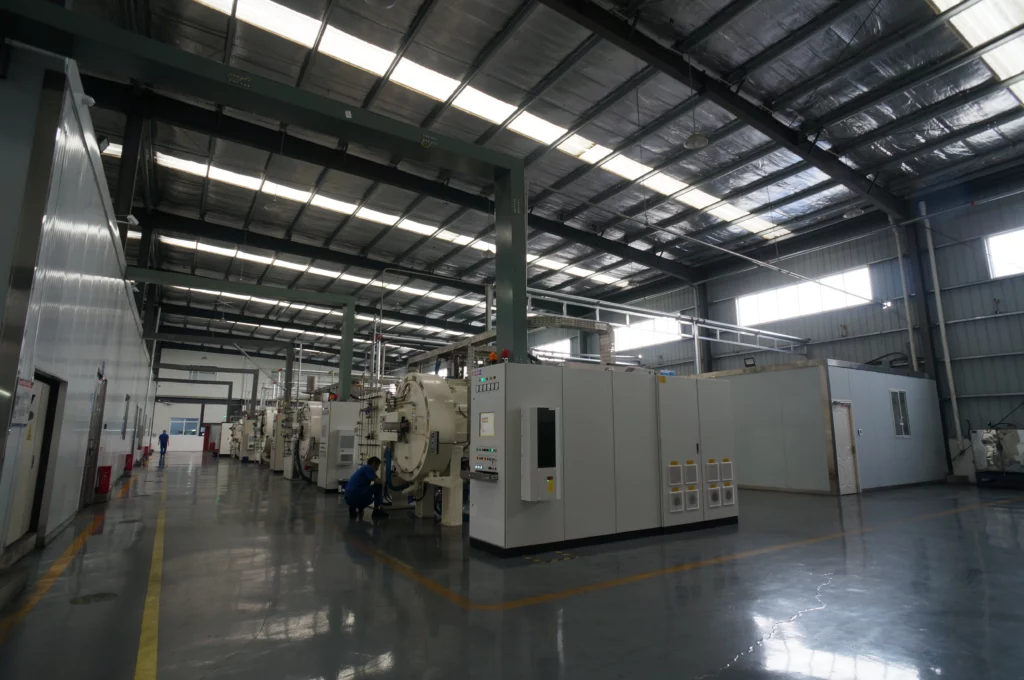When it comes to 3D machining, the choice of cutting tools plays a crucial role in achieving precise and high-quality results. One such tool that offers distinct advantages is the 2-flute end mill ball nose. Let’s delve into the advantages of using this tool for 3D machining.
The first advantage lies in the design of the 2-flute end mill ball nose. This tool features a rounded cutting end, resembling a ball, which allows for smooth and accurate contouring. The ball-shaped tip enables the end mill to reach tight corners and complex shapes in the workpiece, ensuring intricate details in 3D machining.
Another advantage is the presence of two flutes on the end mill. The flutes refer to the spiral grooves on the surface of the tool. In a 2-flute end mill ball nose, these flutes effectively evacuate chips from the cutting area, preventing chip buildup and enhancing chip removal during machining. This reduces the risk of tool damage, improves surface finish, and promotes efficient material removal.
The use of a 2-flute end mill ball nose also contributes to improved surface finish in 3D machining. The ball-shaped tip creates small, consistent tool marks on the workpiece, resulting in a smoother surface texture. This is particularly beneficial for applications where a high-quality finish is desired, such as in the production of molds, artistic sculptures, or intricate parts.
Furthermore, the ball nose geometry of the end mill enables it to perform both roughing and finishing operations in a single pass. This eliminates the need for multiple tool changes and reduces machining time, enhancing overall productivity. The versatility of the 2-flute end mill ball nose makes it a valuable tool in various 3D machining applications, including contouring, engraving, and pocketing.
Additionally, the 2-flute design provides excellent stability during machining. The presence of two flutes ensures balanced cutting forces and minimizes vibrations, resulting in improved tool life and reduced tool deflection. This stability allows for consistent and precise cuts, even in challenging materials or complex workpiece geometries.
In conclusion, the advantages of using a 2-flute end mill ball nose for 3D machining are significant. The ball-shaped tip enables smooth contouring, while the two flutes ensure efficient chip evacuation and enhanced surface finish. The versatility, stability, and productivity offered by this tool make it an excellent choice for achieving precise and intricate results in various 3D machining applications.


